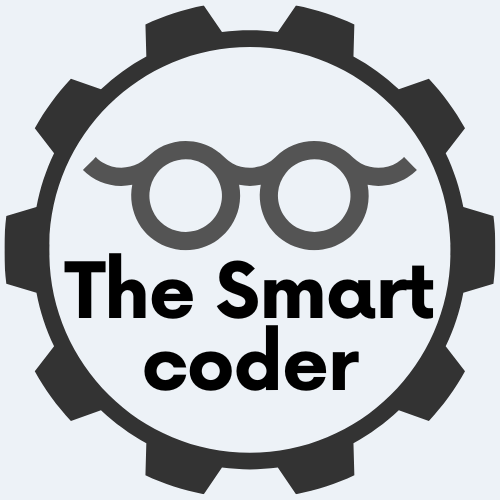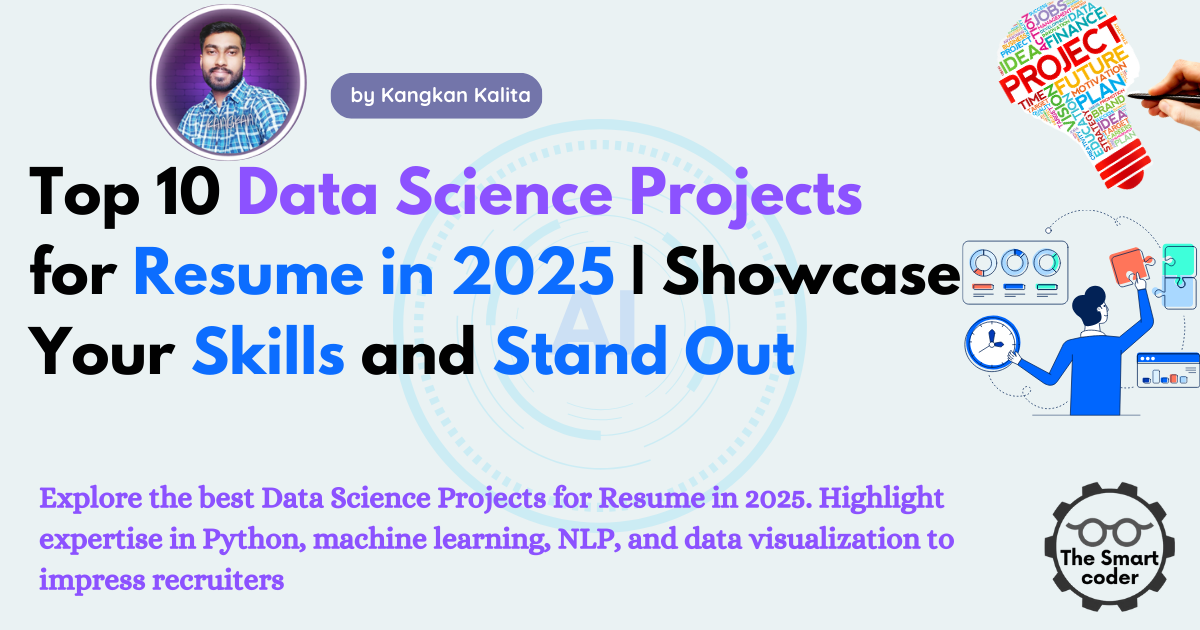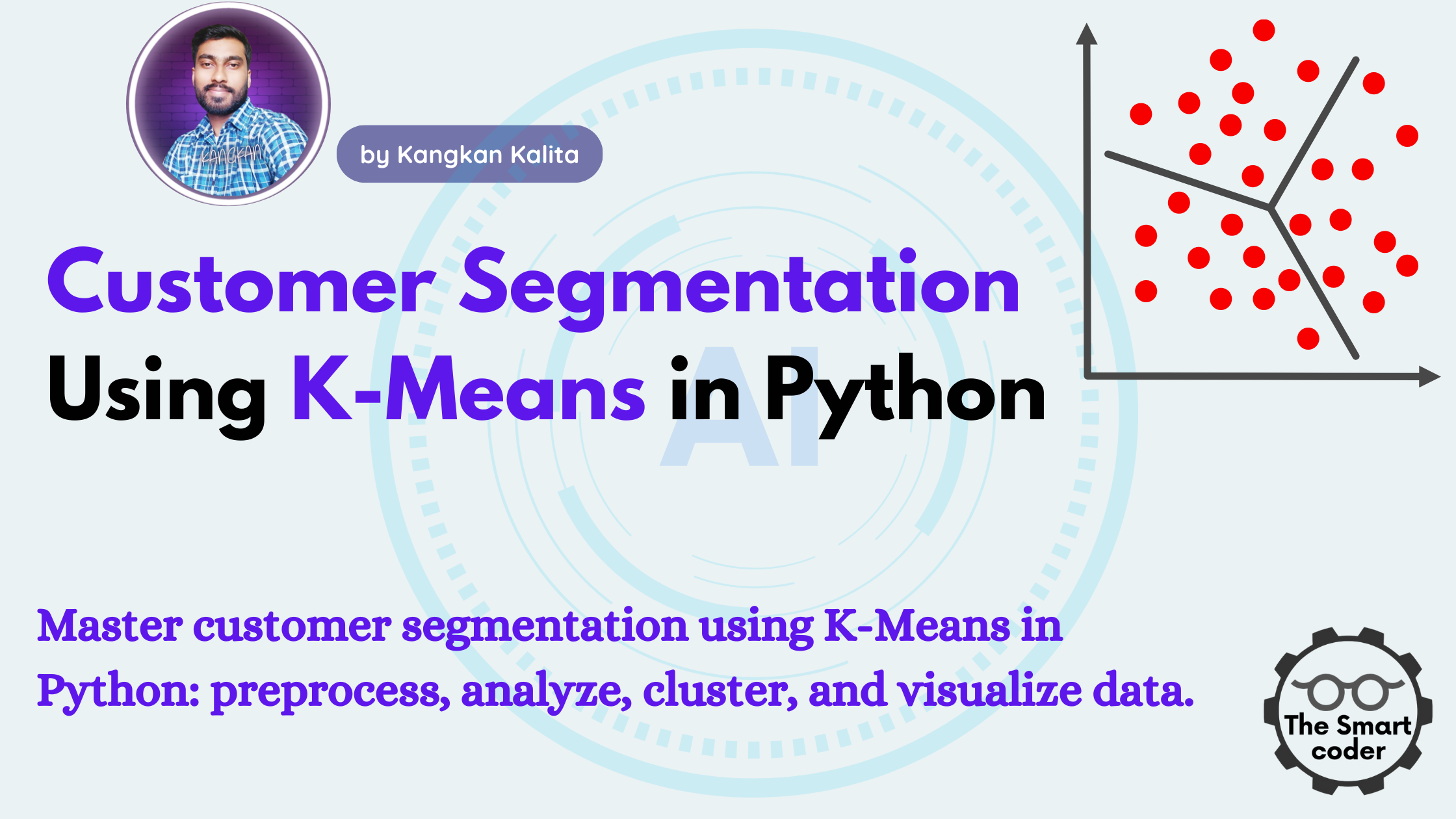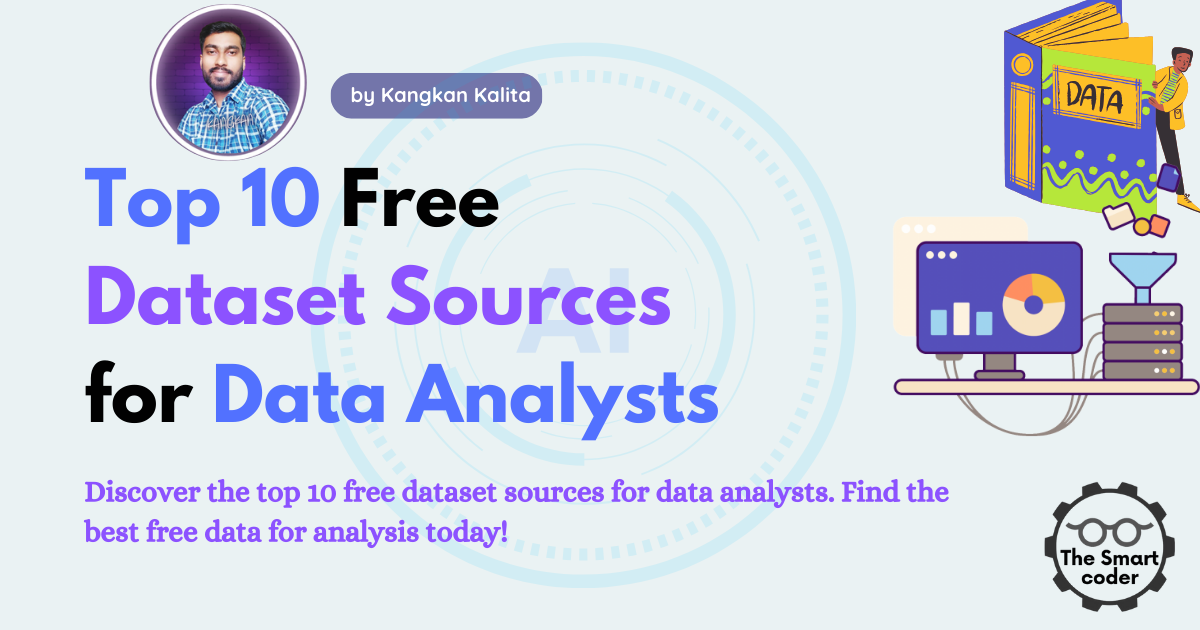Python Libraires for Machine Learning: The Ultimate Beginner’s Guide [2025 Edition]
- Machine Learning Roadmap for Beginners (2025 Edition) - April 28, 2025
- Top 7 Machine Learning Algorithms Every Beginner Should Know [2025] - April 28, 2025
- Python Libraires for Machine Learning: The Ultimate Beginner’s Guide [2025 Edition] - April 25, 2025
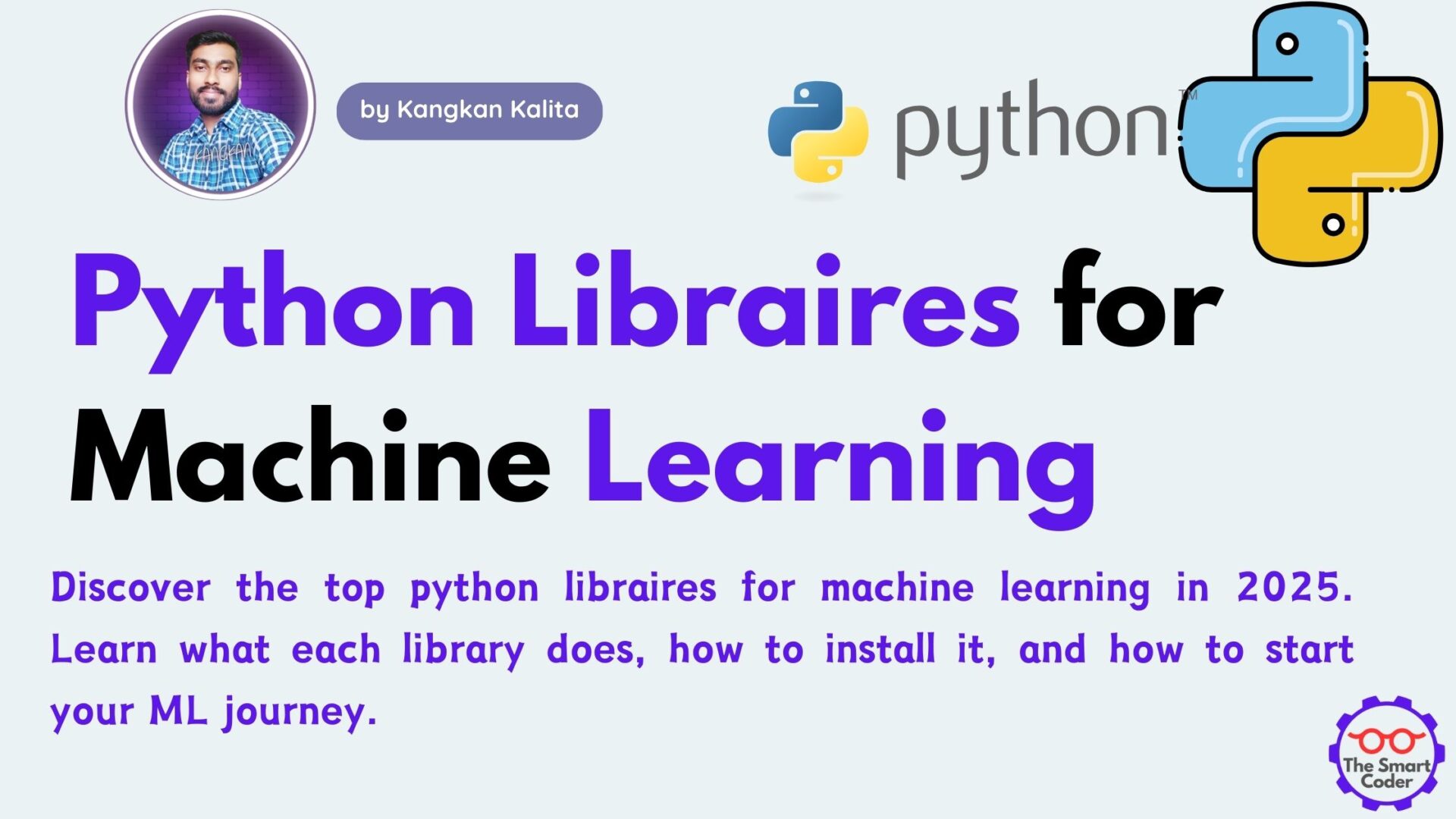
Why Python Rules Machine Learning in 2025
Python has become the language of choice in machine learning and AI. Why? It’s easy to read, has a huge community, and is backed by an ecosystem of powerful tools. If you’re starting out in ML, knowing the right python libraires is crucial. These libraries handle everything from data processing and visualization to building deep learning models.
In this guide, we break down the most important python libraires for beginners in 2025. Whether you’re learning ML for school, a job switch, or just curiosity, this list will get you started the right way.
Essential Python Libraires for Machine Learning
1. NumPy
Overview: NumPy is the foundational package for numerical computing in Python. It provides support for large multi-dimensional arrays and matrices.
Key Features:
- Fast array operations
- Broadcasting functions
- Linear algebra support
- Integrates with many other ML libraries
Common ML Use Cases:
- Data preprocessing
- Feature scaling
- Mathematical operations on datasets
Installation:
pip install numpy
2. Pandas
Overview: Pandas is a data manipulation and analysis tool. It makes handling structured data intuitive and efficient.
Key Features:
- DataFrames for tabular data
- Powerful indexing and filtering
- Easy CSV and Excel file handling
Common ML Use Cases:
- Loading datasets
- Cleaning and transforming data
- Exploratory data analysis (EDA)
Installation:
pip install pandas
3. Scikit-learn
Overview: Scikit-learn is one of the most beginner-friendly ML libraries in Python. It provides simple and efficient tools for data mining and machine learning.
Key Features:
- Pre-built algorithms for classification, regression, and clustering
- Tools for model evaluation and selection
- Built-in feature engineering utilities
Common ML Use Cases:
- Linear regression
- Decision trees
- Model evaluation and cross-validation
Installation:
pip install scikit-learn
4. Matplotlib
Overview: Matplotlib is the standard plotting library in Python. It helps visualize data and model outputs.
Key Features:
- 2D plotting
- Customizable charts
- Integration with Pandas and NumPy
Common ML Use Cases:
- Visualizing data trends
- Displaying training results
- Creating histograms and scatter plots
Installation:
pip install matplotlib
5. Seaborn
Overview: Seaborn is built on top of Matplotlib and offers a high-level interface for attractive and informative statistical graphics.
Key Features:
- Heatmaps, box plots, and violin plots
- Works well with Pandas DataFrames
- Better aesthetics by default
Common ML Use Cases:
- Visual data exploration
- Correlation analysis
- Visualizing feature distributions
Installation:
pip install seaborn
6. TensorFlow
Overview: TensorFlow is a powerful machine learning framework developed by Google. It’s widely used in both academia and industry for deep learning.
Key Features:
- Scalable across CPUs, GPUs, and TPUs
- Keras API for simplicity
- Extensive documentation and community support
Common ML Use Cases:
- Neural networks
- Natural Language Processing (NLP)
- Image classification
Installation:
pip install tensorflow
7. Keras
Overview: Keras is a high-level neural networks API, now part of TensorFlow. It enables fast experimentation and easy model building.
Key Features:
- Simple and intuitive API
- Modular and extensible
- Compatible with TensorFlow
Common ML Use Cases:
- Prototyping deep learning models
- Binary classification
- Multi-class image recognition
Installation:
pip install keras
8. PyTorch
Overview: PyTorch, developed by Meta (formerly Facebook), is a flexible deep learning library that’s gaining huge traction for research and production.
Key Features:
- Dynamic computation graphs
- Strong GPU acceleration
- Tight integration with Python
Common ML Use Cases:
- Deep reinforcement learning
- Computer vision
- Custom neural networks
Installation:
pip install torch torchvision torchaudio
9. XGBoost
Overview: XGBoost is a scalable, optimized gradient boosting library used for structured data problems.
Key Features:
- Fast execution
- Regularization to reduce overfitting
- Built-in cross-validation
Common ML Use Cases:
- Kaggle competitions
- Predictive modeling
- Ensemble learning
Installation:
pip install xgboost
10. LightGBM
Overview: LightGBM, developed by Microsoft, is another gradient boosting framework that’s designed for speed and efficiency.
Key Features:
- Fast training
- Low memory usage
- Great for large datasets
Common ML Use Cases:
- High-performance tabular models
- Binary classification
- Ranking problems
Installation:
pip install lightgbm
11. OpenCV
Overview: OpenCV is a library focused on real-time computer vision. It can also be used with deep learning frameworks for image-related ML tasks.
Key Features:
- Image and video processing
- Face and object detection
- Cross-platform support
Common ML Use Cases:
- Object recognition
- Image pre-processing
- Feature extraction for vision models
Installation:
pip install opencv-python
12. Statsmodels
Overview: Statsmodels is a Python module for statistical modeling. It provides classes and functions for statistical tests and data exploration.
Key Features:
- Linear regression
- Time-series analysis
- Hypothesis testing
Common ML Use Cases:
- Data exploration
- Model diagnostics
- Statistical testing
Installation:
pip install statsmodels
FAQs: Python Libraires for ML Beginners
What are the top python libraires for data science?
NumPy, Pandas, Scikit-learn, and Matplotlib are essential starting points for data science in Python.
Is NumPy essential for ML?
Yes. NumPy is a foundational library that supports many other ML tools and handles core numerical operations.
Do I need both TensorFlow and PyTorch?
No, but learning both can help you understand different deep learning approaches. Beginners often start with TensorFlow + Keras for ease.
What is the best way to learn these python libraires?
Practice. Use free datasets from sites like Kaggle, and follow tutorials that walk through real ML projects.
Can I use these libraries on Jupyter Notebooks?
Absolutely. Jupyter is a great way to interactively test and learn these ML libraries in Python.
Start Building with Python Libraires
Mastering these python libraires is your first real step into the world of machine learning. Each one serves a specific purpose, from wrangling data to building neural networks. Start simple—learn NumPy, Pandas, and Scikit-learn. Then move on to more complex frameworks like TensorFlow or PyTorch.
Stay curious, build projects, and don’t worry about being perfect. The best way to learn ML in 2025 is by doing. Happy coding!
Latets Posts:
- Machine Learning Roadmap for Beginners (2025 Edition)
- Top 7 Machine Learning Algorithms Every Beginner Should Know [2025]
- Python Libraires for Machine Learning: The Ultimate Beginner’s Guide [2025 Edition]
- Top 10 Machine Learning Techniques You Must Know in 2025
- Machine Learning Projects For Beginners: 10 Fun Ideas to Build Skill Fast
